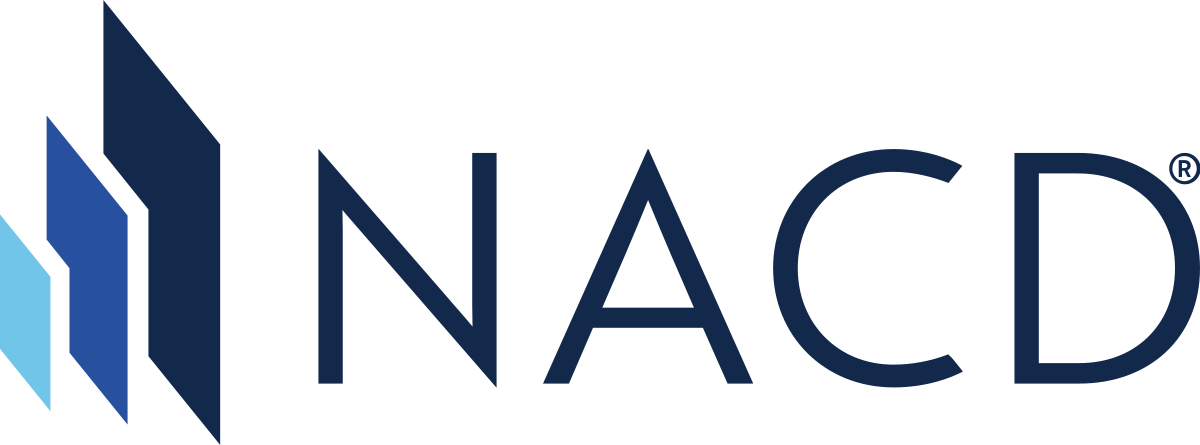Governance Surveys
Directorship Magazine

Online Article
Regulatory Roulette: Managing New Risks and Seizing Opportunities Post-Chevron
For decades, federal agencies have interpreted ambiguity in federal laws through the rulemaking process. In turn, courts, invoking the Chevron doctrine, deferred to an agency view if it was “reasonable.”
Boards have relied on agency interpretations to make investments, oversee operations, identify risks, and choose strategies, even if agency interpretations changed with different decision-makers and varying political influences. Over time, many interested parties concluded that agencies’ interpretations overstepped authoritative bounds, leading to legal challenges over the doctrine.
Now, the Chevron doctrine has been unambiguously mothballed by the US Supreme Court’s 2024 decision in Loper Bright Enterprises et al. v. Raimondo, Secretary of Commerce, et al. With increased regulatory uncertainty, this post-Chevron era has a significant impact on boards and fiduciary duties, especially when it comes to oversight of compliance programs and management of new risks.
The court’s decision to overturn this doctrine forces boards to view the business judgment rule and fiduciary duties in a new light. Duties and protections for boards require informed decision-making. Procedural flaws in a board’s decision-making process, such as lack of discussion and understanding of reasonably available information on post-Chevron consequences for the corporation, could stand in the way of protective liability shield expectations. While risk taking is inherent in business, and protections are presumed even if adverse outcomes occur, the failure to make informed decisions may uproot these expectations. Further, nonaction is a choice. Complacent boards may be waiting on next steps by government, but such a reactive stance may not optimize the long-term benefits to the organization. A lack of discussion and decision-making on compliance strategies and other risk management, looking through the lens of best interests of the corporation, may grab the attention of shareholders.
Whether oversight of this mission-critical regulatory event is receiving the attention in boardrooms that it deserves and requires is not clear, leaving directors to ask the question: How much does the board need to know about this post-Chevron era?
Opportunities
Despite the many uncertainties that overturing the Chevron doctrine poses, it also provides organizations and boards many opportunities, which include the following:
- The ability to influence regulations. With the authority to interpret law shifted from the agencies to the courts, businesses may be able to exercise greater influence over proposed agency interpretations of federal statutes by challenging the legal bases for agency rulemaking. Highly regulated industries, such as financial services, health care, and energy, may be the biggest beneficiaries of this change.
- The ability to contest regulatory actions based on perceived inaccurate or aggressive regulatory interpretations. Coupled with another recent US Supreme Court decision in Corner Post, Inc. v. Board of Governors of the Federal Reserve System, which clarified that a challenge to the validity of a rule may be brought within six years of when the rule first injures the plaintiff, rather than within six years of the issuance of the rule as some courts had interpreted the law, businesses now have not only more latitude but also more time to challenge regulatory actions based on interpretations they believe to be flawed.
- Less volatility in rulemaking. With decreased reliance on agencies' interpretations and greater focus on the statutes themselves, rulemaking is less likely to be influenced by the views of incumbent agency leaders or the current administration.
- Less disruption in regulatory compliance programs. The more companies can depend on regulations staying true to the intent of the law, the better they are able to determine their compliance needs and avoid potentially costly changes to their compliance programs as the result of a new and unexpected interpretation.
Risks
Opportunities are generally accompanied by risks, and boards should also be mindful of the risks that the end of Chevron deference may portend, including delays in rulemaking and additional costs:
- A protracted rulemaking process. Regulatory agencies are likely to become more deliberate and cautious in supporting their interpretations in the rulemaking process and far more proposed rules may be subject to challenge, drawing out the rulemaking process and making it more difficult for businesses to determine the future impact on their strategies. These delays may have both industry and customer impacts. For example, delays in rulemaking for the life sciences industry could affect the development of new drugs and devices.
- Compliance challenges. The usual playbook for complying with a new regulation will need to be revamped. No business wants to go all in on implementing a new requirement that may be overturned but balancing the need to comply with an existing regulation with the possibility that the regulation will be overturned in the future will prove challenging. The final US Environmental Protection Agency (EPA) rule for PFAS, or perfluoroalkyl and polyfluoroalkyl substances, reporting and recordkeeping is an example. In September 2024, a direct final rule was announced by the EPA, with reporting to begin in July 2025. Is it now possible that this rule could be challenged and stayed?
- Judicial uncertainty. Businesses may find they are trading less regulatory volatility for greater judicial uncertainty, meaning that different interpretations of the same law by different courts could complicate compliance efforts, especially for businesses with a multistate or national footprint. Additionally, as courts replace regulators in shaping regulatory policy, it is possible that outcomes may be less favorable to businesses than the interpretations historically developed by agencies with specific subject matter expertise.
- Increased costs. For some businesses, optimizing the opportunities may require different approaches to engaging with regulators and legislators, resulting in additional resources needed and costs. Additionally, businesses may find themselves more frequently involved in legal disputes over regulatory interpretations, including potential civil litigation if a business previously relied on agency rulings as a defense.
- Binational panel implications. Under the North American Free Trade Agreement and United States-Mexico-Canada Agreement, binational panels have applied Chevron to trade remedy cases by deferring to interpretations made by the US Department of Commerce and the US International Trade Commission. Now, these panels process cases in the same way courts do, interpretating trade laws through the use of statutory construction tools applied to provisions of a treaty or agreement. Factoring in additional layers of complexity from international law and precedents, this may add more complexity and risk.
With the agency rulemaking process thrown into upheaval, the board should discuss with the C-suite, including legal counsel, the company’s approach to commenting on regulatory proposals, any required changes to the compliance program, and the company’s strategy for litigating regulatory interpretations. Other issues to consider include similar risks and opportunities under state administrative procedure acts, applying the same analysis and reasoning. Whether the opportunities outweigh the challenges will be determined over time and may affect industry sectors differently. However, boards should examine these considerations to proactively prepare for the implications this change brings to their organizations and to fulfill fiduciary duties.
This article is provided as general information only and is not intended as legal advice. Companies should seek the advice of legal counsel on issues that relate to their unique circumstances.
The views expressed in this article are the author's own and do not represent the perspective of their organizations or the NACD.

Carol Beaumier is a senior managing director of Protiviti, a global consulting firm, and the leader of the firm’s global thought leadership program.

Teri Quimby, NACD.DC, is a corporate director, former state regulator, and president of Quimby Consulting Group, a governance and strategy consulting firm.

